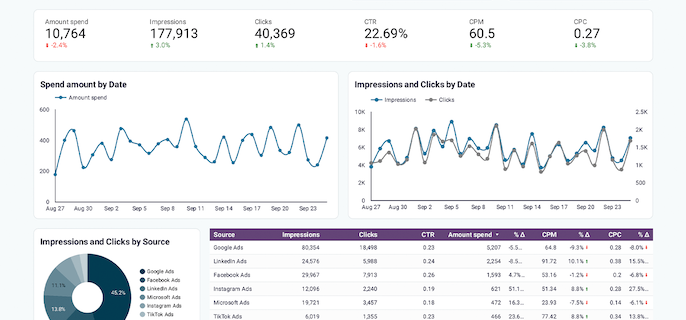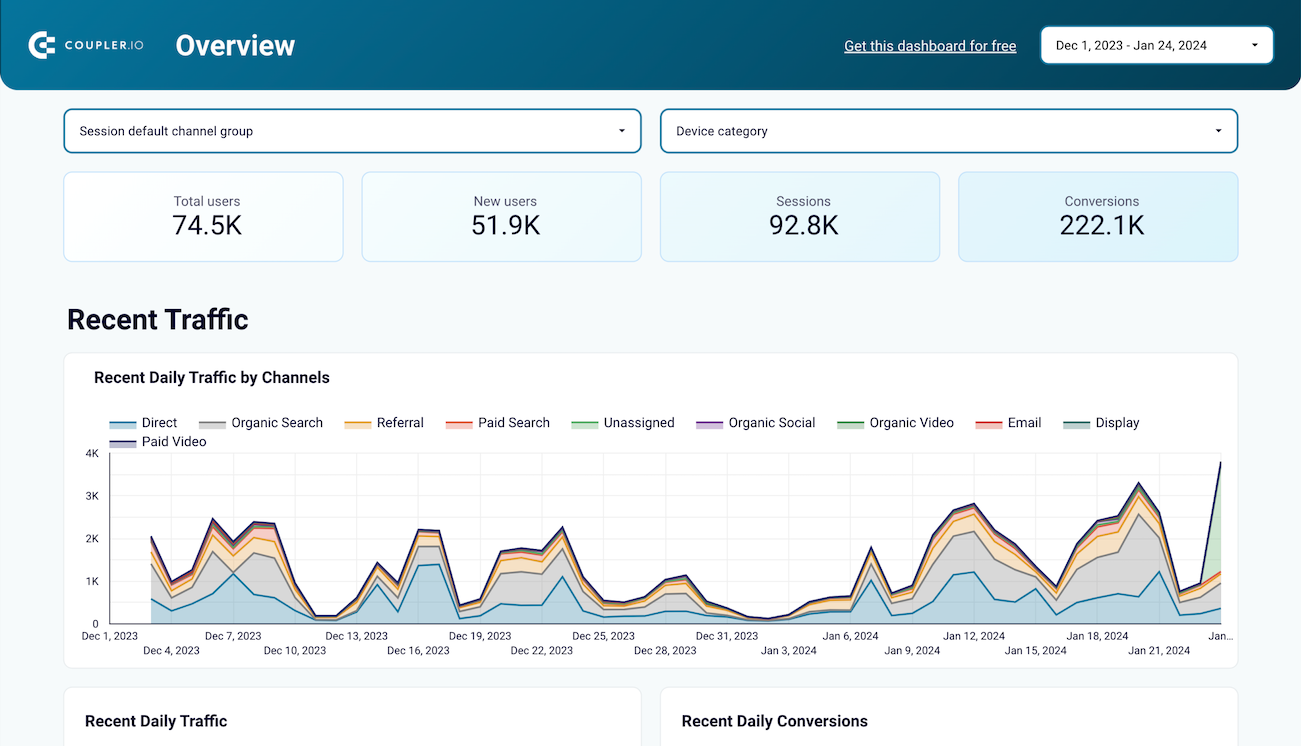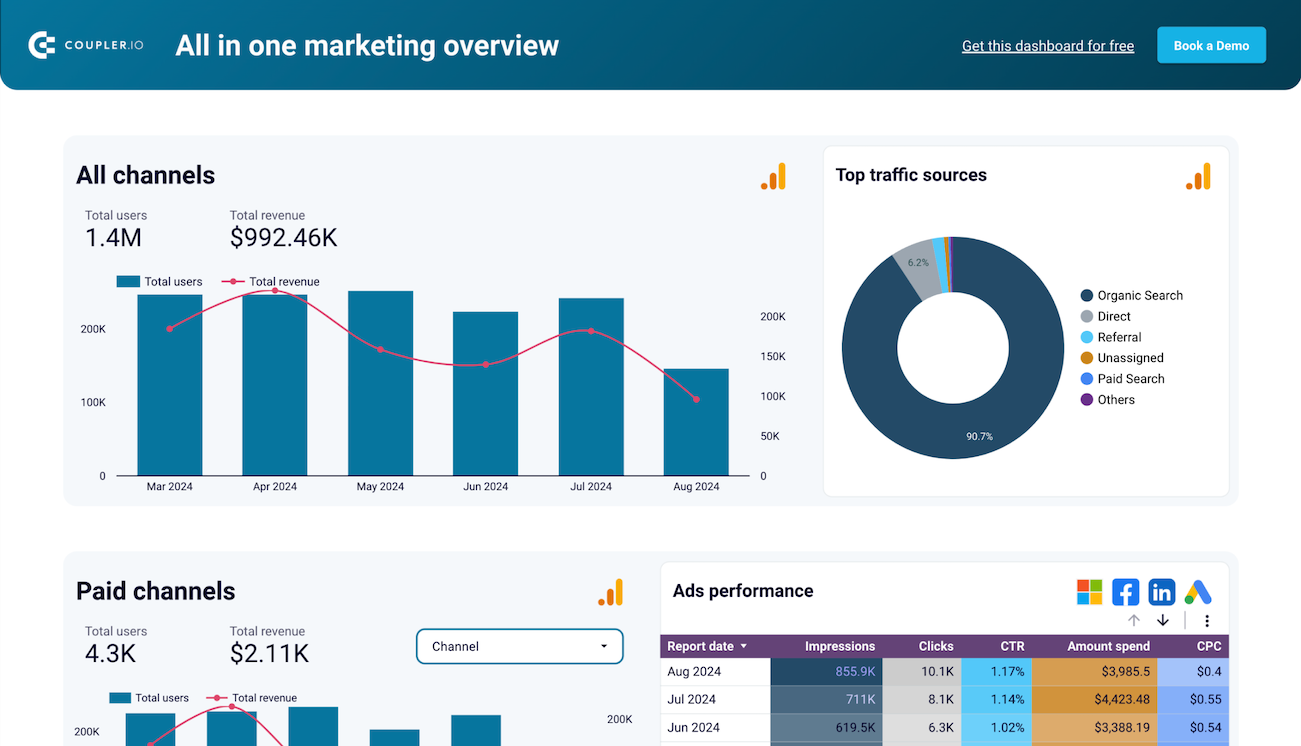What is a Bounce rate?
The "bounce rate" metric measures the percentage of visitors who leave your website after viewing only one page. It's calculated by dividing the number of single-page sessions by the total number of sessions on your site. A high bounce rate often indicates that site entrance pages aren't relevant or engaging to visitors.
Understanding and analyzing your bounce rate is crucial for optimizing your website's user experience and improving conversion rates. By identifying the reasons behind high bounce rates, such as poor page layout, unclear calls-to-action, or slow loading times, marketers can make targeted improvements. Enhancing content relevance and website usability can significantly decrease bounce rates, thereby increasing user engagement and the effectiveness of your website as a marketing tool. This metric is a key indicator of your website's performance and visitor satisfaction.
How to calculate Bounce rate?
To calculate the bounce rate, divide the number of single-page visits by the total number of visits to your site. Multiply the result by 100 to express it as a percentage. This metric reflects the proportion of visitors who leave without interacting beyond their initial page.


Our key templates to track Bounce rate

Get a comprehensive PPC reporting tool to track the performance of your campaigns launched at multiple advertising platforms.










Use the insights based on the data from GA4 to monitor your website traffic and discover which pages resonate most with your audience.




Monitor all your marketing channels with an all-in-one dashboard providing performance overviews of web analytics, ad campaigns, SEO, social media, and emails.













How to improve Bounce rate?








